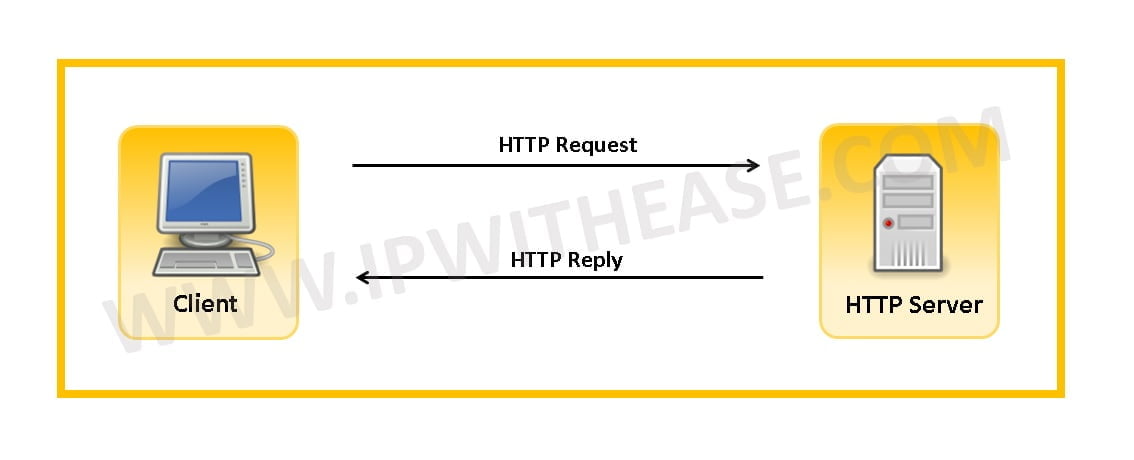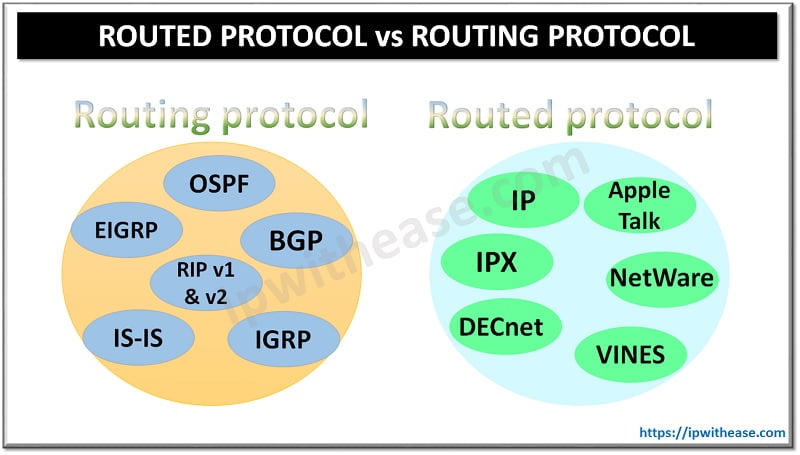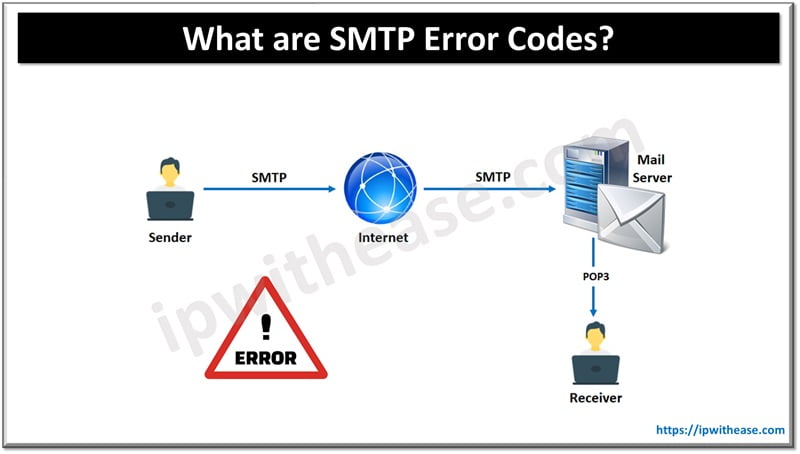Hypertext text transfer protocol abbreviated as HTTP is a set of policies for transferring files such as graphics, images, texts, videos, audios and other multimedia files on the internet. When a web user opens their browser, they make indirect use of HTTP. Typically, the HTTP is an applied protocol that operates on top of the foundation protocols such as the TCP or IP. HTTP has been an essential part of global web information since the 1990. The concept of HTTP is based on the idea that files should have references to other files whose selection will achieve further transfer requests.
How does it work?
Apart from the web page files, a web server also contains a program specially designed to receive and process HTTP requests as soon as they are obtained. This program is called the HTTP daemon. When a browser user clicks on a hypertext link or enters a file request by typing a URL, the browser creates an HTTP request and sends to the IP address identified as by the URL. Thus the web browser serves as a client of the HTTP. When the HTTP daemon in the recipient device receives a request, it sends it back with the files related.
Related- HTTP vs HTTPS
HTTP is widely regarded as a stateless protocol since every command is performed independently without consideration of the previous controls. This nature makes it challenging to create websites that respond intelligently to consumer input. However, several technologies, such as cookies, JavaScript, Java, and Active X, have emerged to address this limitation. The internet experience can be quite frustrating to those who do not recognize the difference between a 404 error and 502 error. Both errors are response messages provided by the server to help the user identify the source of the problem. They are also known as HTTP status codes. The 404 error indicates that the web server could not locate the file demanded. Ti occurs mostly because of misspelled words or entry of a wrong URL. Numerous websites develop custom 404 error pages that have quick links to search features and on-site navigation to help the user locate the actual page or a document on the site.
Related- FTP vs HTTP
Importance of HTTP
HTTP defines how messages are transferred and formatted, and the responses browsers and web servers should take in response to various commands. When a user enters a URL in their browser, the browser sends a command to the web server to obtain and broadcast the requested web page.
ABOUT THE AUTHOR

You can learn more about her on her linkedin profile – Rashmi Bhardwaj



